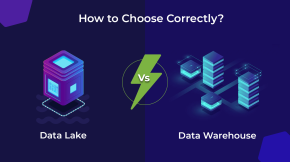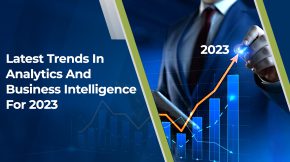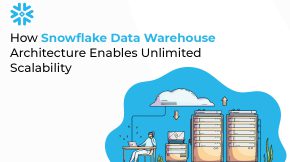How Business Intelligence can be useful for Government agencies
Government agencies in any country are some of the biggest data collecting and storing agencies. They gather primarily big data and analyze it before finalizing any new policy, rule, or regulation. Gone are the days when agencies served as administrative bodies. They mainly focus on setting and enforcing new laws and collecting, processing, and storing information. Citizens now expect better, more convenient services and programs from federal, state, and local entities. That is why many government organizations have decided to embrace technology to help with their data needs. They implement business intelligence tools and technology to better address the needs of the communities they serve while operating more productively and cost-efficiently.
Application of Business Intelligence in Public Sector
With a BI and reporting solution, organizations in the public sector can streamline and automate tedious data reporting and analysis processes. With more efficient operations, organizations can better allocate resources.
There are several application areas where BI services can help employees in the public sector analyze their data and make smarter decisions quickly. They can always better serve the community with optimized operations and services. Let’s see how:
1. Monitor optimal use of public funds
Public financial management relates to the way governments manage public funds and the impacts on the growth of the economy and the wellbeing of citizens. Managing shared resources involves how the government earns and spends money. Revenue comes from taxes, state enterprises, or foreign aid, etc. Nowadays, agencies use BI dashboards and reporting tools to analyze how this public fund is allocated and used. Additionally, transparency must be maintained among the staff, citizens, and stakeholders, so people responsible for making optimal use are answerable.
2. Study Big data
Government agencies keep collecting a large amount of information related to the population. Whether census data or election voter data, government organizations can discover meaningful correlations between education, unemployment, crime rates, and more by leveraging these large population data sets. They can quickly figure out population categories based on income groups, education status, and age-wise data based on which new facilities can be extended to the required masses.
3. Task and workforce management
Many times, the state faces different kinds of emergencies. The nature of emergencies makes it challenging for public safety agencies to manage their workforce and processes. Power BI and other business intelligence tools create intuitive visual dashboards that access information like ongoing projects and resources involved in the different tasks.
Related articles:
Healthcare Analytics and its Impact on Hospital Performance
Why Your Nonprofit Need Data Analytics and BI dashboards?
4. Healthcare facility overview
With Power BI and other BI tools in place, you can easily consolidate all electronic medical data and records to analyze results in intuitive executive dashboards. Hospital stakeholders can understand the impacts of public decision-making on public health and safety and increase quality reporting compliance and patient satisfaction with minimal cost and time.
5. One common portal for citizen
It is also crucial for the government and public sector to be transparent in their approach. There should be one common portal for citizens to view the information; they need to build trust with the government. The portal can help the automatic publishing of reports accessible by the citizens via the web, which contains constantly updated information on the allocation of public funds concerning all acts subject to transparency. Furthermore, the solution provides an interactive, multi-dimensional analysis system, which allows officials and entity managers to monitor data relating to expenditure and funds and perform complex analyses autonomously on fundamental indicators of effectiveness in the use of funds.
6. Self-service reports for non-technical users
Self-service business intelligence tools enable public sector users to modify reports and dashboards as per their immediate requirements without much dependency on their IT counterparts. Users can filter or produce reports visualizing their critical indicators in the most meaningful way. They can independently create analyses especially addressing their needs, and derive new insight from relevant government processes. Furthermore, it is easy to adapt reports to your specific needs. In this way, self-service functions provide users with a higher level of flexibility in creating reports to non-techy government officials.
Final Thoughts!
The fundamental concept of e-Governance technology use is how you keep a unique, transparent relationship between citizens and the government. To achieve this goal, the organization must leverage a unified, single view across multiple agencies and departments. Power BI and other BI tools like Domo, Tableau, etc., can create rich visuals at their levels. Check out the comparison here.
In the past decade, we have worked for several government organizations and empowered them with our Business intelligence services and customizable dashboards and reports to make the processes and results in the public sector transparent and trustworthy.
Our Business Intelligence experts can assist you in assessing, planning, acquiring, designing, and implementing these robust solutions in record time, generating savings along the way.
If you would like to talk to one of our experts, feel free to contact us today.





















